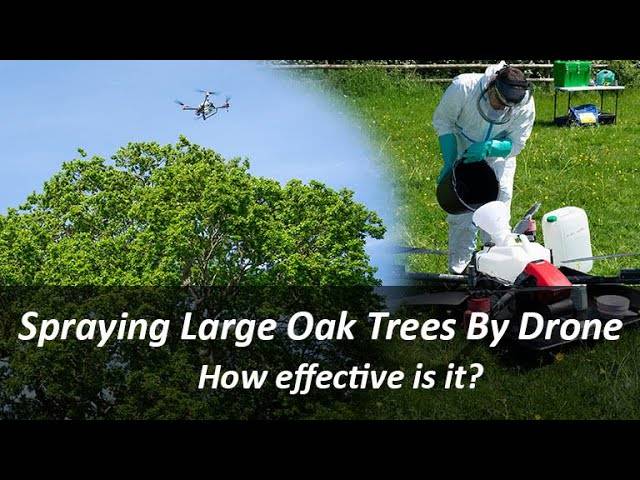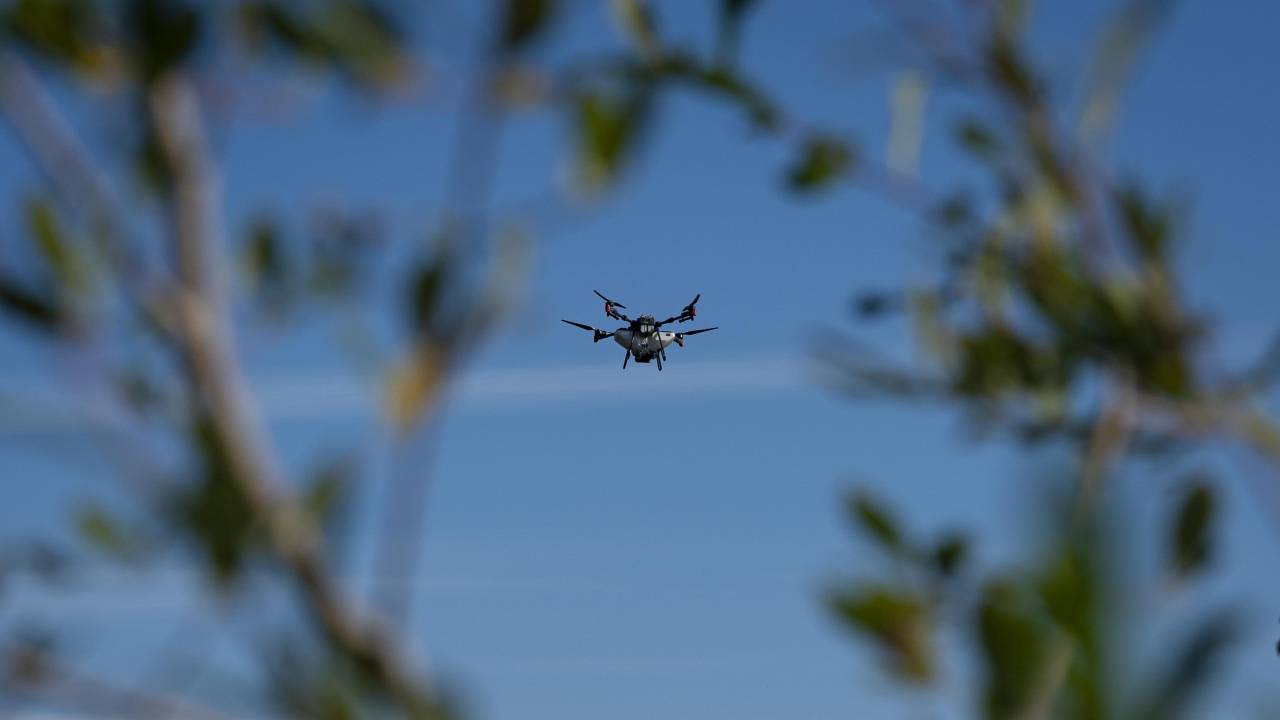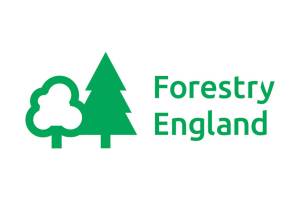Challenge
Penetrating the Upper Canopy
Treating large oak trees for public health pests, such as the Oak Processionary Moth (OPM), poses a significant challenge. Ground-based spray systems struggle to effectively reach and penetrate the upper canopy of the largest trees. A government agency needed a solution to determine if a drone could not only reach the upper canopy but also ensure the spray effectively filtered down to the lower parts for comprehensive pest control.
Solution
Targeted Application and Downwash Testing
AutoSpray Systems conducted a trial as part of an active public health control operation, using a drone to spray a biological insecticide (DiPEL). To measure penetration, a series of 3D sample collectors with water-sensitive paper were rigged up on a rope-pulley system and raised through the centre of the tree’s canopy, with collectors positioned every 2 metres. The pilot operated the drone manually to ensure great precision in positioning and comprehensive treatment of the whole canopy.
Result
Evidence of Excellent Coverage
A quick, unscientific glance at the water-sensitive papers immediately showed excellent penetration throughout the canopy. This result was achieved through the combination of the aerial vantage point and the drone’s powerful downwash, which forced the biological product deep into the leaves. This trial provided critical evidence to a government agency, confirming that drone application is a highly effective solution for treating tall urban and woodland trees for public health pests, aligning with AutoSpray’s pioneering work in securing the first CAA approval for DiPEL use by drone.
Project Partners


